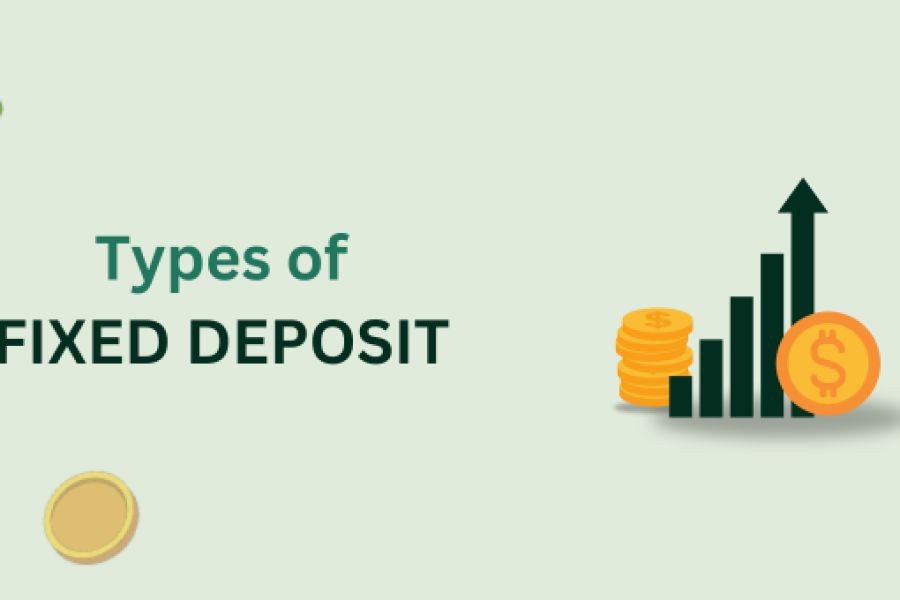In the world of investing, few stories capture the imagination quite like that of a retired Australian making millions through dividend investing. This journey not only highlights the potential of strategic investment but also serves as a testament to the power of patience, research, and informed decision-making in building substantial wealth. As we delve into this success story, it’s crucial to understand the unique economic landscape of Australia, characterized by its robust financial market, regulatory environment, and investment opportunities.
Understanding Dividend Investing in the Australian Context
Dividend investing involves purchasing shares in companies that regularly distribute a portion of their profits to shareholders in the form of dividends. This strategy is particularly attractive in Australia, where the tax system offers incentives such as the franking credit system. Franking credits are tax offsets that prevent double taxation on dividends, making it a favorable option for retirees seeking a steady income stream.
According to the Australian Bureau of Statistics (ABS), the finance and insurance services sector accounts for a significant portion of the country's GDP, underscoring the importance of investment-related activities in the economy. Furthermore, the Australian Securities and Investments Commission (ASIC) provides a robust regulatory framework that ensures investor protection and market integrity, further enhancing the appeal of dividend investing.
The Retiree's Investment Journey: A Case Study
Meet John, a retired teacher from Melbourne who turned his modest savings into a multi-million-dollar portfolio through dividend investing. John's journey began in the early 2000s when he started investing a portion of his retirement savings into blue-chip companies listed on the Australian Securities Exchange (ASX). His strategy focused on companies with a history of consistent dividend payments, such as the 'Big Four' banks and major resource companies.
Problem:
John faced the common challenge of generating sufficient income to sustain his retirement lifestyle without depleting his capital. With interest rates at historic lows, traditional fixed-income investments offered minimal returns.
Action:
John leveraged the franking credit system, reinvesting dividends to compound his returns. He meticulously researched companies, focusing on those with strong balance sheets, sustainable payout ratios, and a commitment to shareholder returns.
Result:
- John's portfolio grew at an average annual rate of 8%, significantly outpacing inflation.
- The compounding effect of reinvested dividends resulted in a steady increase in his income stream.
- John achieved financial independence, with his dividends covering his living expenses while preserving his capital base.
Takeaway:
This case study highlights the effectiveness of a disciplined, long-term investment approach in achieving financial goals. Australian retirees can benefit from the franking credit system and the stability of dividend-paying companies to secure their financial future.
Pros and Cons of Dividend Investing
Pros:
- Steady Income Stream: Provides regular income, which is particularly beneficial for retirees.
- Tax Advantages: Franking credits enhance after-tax returns.
- Capital Appreciation: Potential for growth in share value over time.
- Risk Mitigation: Investing in established companies reduces risk compared to speculative stocks.
Cons:
- Market Volatility: Share prices can fluctuate, impacting the value of the investment.
- Income Variability: Dividend payments are not guaranteed and can be cut during economic downturns.
- Opportunity Cost: Focusing solely on dividends may result in missed growth opportunities in other sectors.
Debunking Common Myths About Dividend Investing
Despite its appeal, several misconceptions about dividend investing persist:
- Myth: "Dividends are only for conservative investors." Reality: Dividend investing can be part of a diversified strategy appealing to all investor profiles, offering both income and growth potential.
- Myth: "High-yield stocks are always better." Reality: High yields can be misleading, often signaling higher risk or unsustainable payout ratios.
- Myth: "Dividend investing requires large capital." Reality: Even small, regular investments can compound over time with the right strategy.
Which of these myths did you believe before reading this? Share your thoughts below!
Future Trends in Dividend Investing
The landscape of dividend investing in Australia is poised for evolution, driven by technological advancements, regulatory changes, and shifting economic dynamics. According to the Reserve Bank of Australia (RBA), future interest rate adjustments and inflation trends will play a crucial role in shaping investment returns.
- Technological Integration: Robo-advisors and AI-driven investment platforms are set to revolutionize how investors manage their portfolios, offering personalized strategies and real-time insights.
- ESG Factors: Environmental, Social, and Governance (ESG) criteria are becoming increasingly important, with investors favoring companies demonstrating sustainable practices.
- Global Diversification: As Australian investors look beyond domestic borders, opportunities in emerging markets may enhance portfolio diversification and returns.
Final Takeaways & Call to Action
Dividend investing offers a compelling path to financial security, particularly for retirees seeking a reliable income stream. By understanding the nuances of the Australian market, leveraging tax advantages, and adopting a disciplined approach, investors can unlock the potential of dividends to build substantial wealth.
- Fact: Franking credits can significantly enhance after-tax returns for Australian investors.
- Strategy: Focus on companies with a strong track record of sustainable dividend payments.
- Mistake to Avoid: Don't chase high yields without assessing the underlying financial health of the company.
- Pro Tip: Reinvest dividends to leverage the power of compounding over time.
Ready to take your investment strategy to the next level? Explore dividend investing with a focus on Australian market dynamics and start building your wealth today. Join our community of savvy investors and share your experiences below!
People Also Ask (FAQ)
- How does dividend investing impact retirees in Australia? Dividend investing provides retirees with a steady income stream, leveraging tax advantages like franking credits to maximize returns.
- What are the biggest misconceptions about dividend investing? A common myth is that dividends are only for conservative investors, but they can be part of a diversified strategy for all profiles.
- What are the best strategies for implementing dividend investing? Experts recommend focusing on companies with a strong dividend track record, reinvesting dividends, and diversifying across sectors.
Related Search Queries
- Dividend investing strategies in Australia
- Top dividend stocks on ASX
- Franking credits and tax benefits
- Retirement investment options in Australia
- How to maximize investment income
- Long-term investment strategies for retirees
- Impact of RBA interest rates on dividends
- Sustainable dividend-paying companies
- Global diversification in dividend investing
- Future of the Australian stock market






























lindasandridge
16 days ago